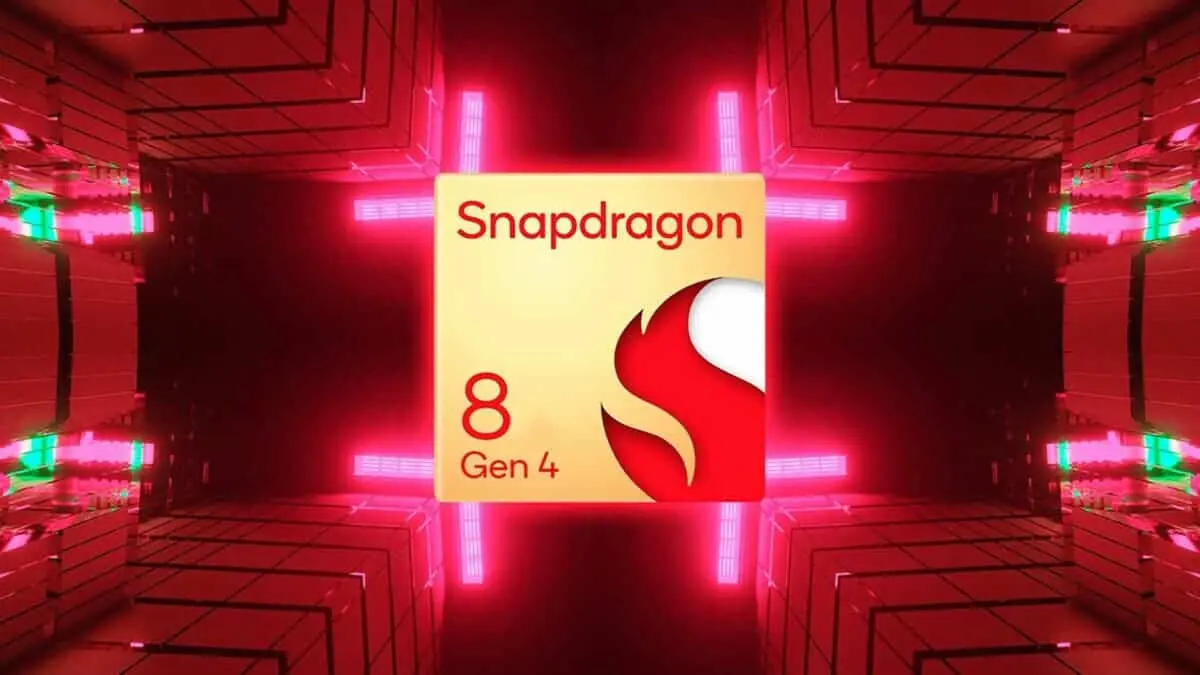In the competitive world of mobile processors, the latest benchmarks between Qualcomm’s Snapdragon 8 Gen 4 and Apple’s A18 Pro suggest a significant shift in performance supremacy, marking a potentially pivotal moment for Android smartphones in their longstanding rivalry with the iPhone.
Key Highlights:
- Snapdragon 8 Gen 4 showcases a major leap in performance, particularly in multi-core benchmarks.
- The A18 Pro continues to excel in single-core tests, indicating strong per-core efficiency.
- Snapdragon’s new architecture and the move to custom Nuvia cores contribute to its improved performance.
- Despite the Snapdragon’s gains, the A18 Pro’s advancements in single-core performance underline the ongoing competition between these tech giants.
Qualcomm’s Snapdragon 8 Gen 4 has made headlines with its remarkable performance in early benchmark tests. Reports suggest the chipset not only significantly surpasses its predecessor but also challenges Apple’s dominance in the high-end mobile processor market. The Snapdragon 8 Gen 4’s architecture, which shifts from ARM Cortex to Qualcomm’s custom Nuvia cores, is a key factor in its enhanced performance, particularly in multi-core scenarios where it has shown a substantial generational leap.
Performance Analysis
The Snapdragon 8 Gen 4’s AnTuTu scores have crossed the 3 million mark, a first for any mobile chipset, indicating a 70% improvement over the previous generation. This improvement is attributed to the chipset’s new architecture and the elimination of low-power efficiency cores, favoring a configuration that boosts multi-core performance. Meanwhile, Geekbench 6 results reveal a 25% improvement in single-core and a 52% boost in multi-core scores compared to its predecessor, demonstrating Qualcomm’s focus on enhancing overall processing capabilities.
On the other hand, the A18 Pro chip by Apple, set to power the upcoming iPhone models, showcases its prowess in single-core performance, a critical factor for the smooth operation of single-threaded applications. This reflects Apple’s continued emphasis on optimizing per-core efficiency to deliver a responsive user experience.
Implications for Users and Developers
The evolving competition between Snapdragon and Apple’s silicon offers consumers and developers a broader spectrum of powerful devices capable of handling increasingly demanding applications and games. For developers, the improved performance of Snapdragon chips opens new possibilities for creating complex, resource-intensive applications without compromising on efficiency or battery life.
Looking Ahead
While Qualcomm’s Snapdragon 8 Gen 4 represents a significant step forward in closing the performance gap with Apple’s chips, the rivalry is far from over. Apple’s forthcoming A18 Pro chip promises further improvements in single-core performance, highlighting the ongoing innovation in mobile computing technology.
The competition between Snapdragon and Apple not only drives advancements in chipset technology but also benefits consumers by providing a wider range of high-performance smartphones. As both companies continue to innovate, users can expect smartphones to become even more powerful and efficient, handling tasks once thought reserved for desktop computers.
The latest benchmark scores between Snapdragon 8 Gen 4 and A18 Pro suggest we’re witnessing a pivotal moment in mobile technology. Qualcomm’s significant strides in multi-core performance signal a shift towards greater parity in the processor landscape, challenging Apple’s long-held supremacy. However, the battle is nuanced, with each chip excelling in different areas—Snapdragon in multi-core scenarios and Apple in single-core performance. This competition is a win for consumers, promising a future where mobile devices are more powerful, efficient, and capable of supporting ever more sophisticated applications and games. Ultimately, the ongoing rivalry underscores the rapid pace of innovation in the tech industry, highlighting an exciting era of mobile computing that benefits us all.







